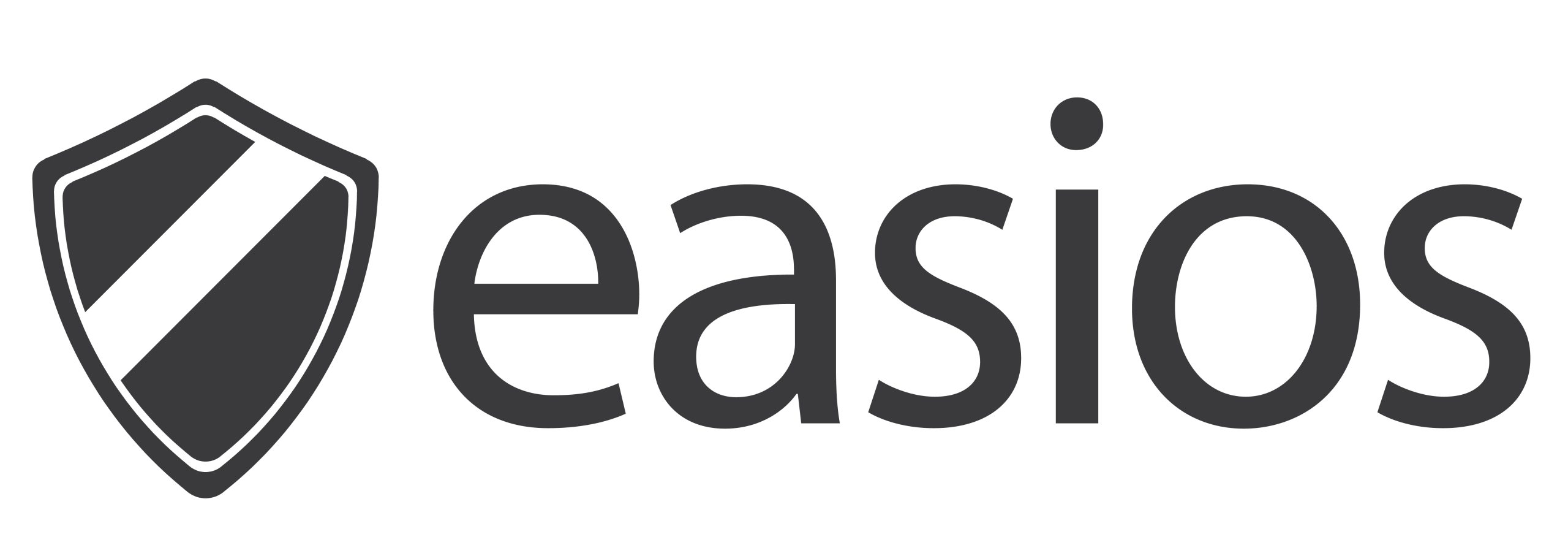How to Boot a PC from a USB Drive (Step-by-Step Guide)
Booting a PC from a USB drive is an essential skill for installing a new operating system, running diagnostic tools, or using a live environment without modifying your hard drive. This guide will walk you through the process in detail, ensuring a smooth boot experience.
Why Boot from a USB Drive?
A bootable USB drive allows you to:
- Install Windows, Linux, or other operating systems.
- Run recovery and repair tools for troubleshooting.
- Use live environments without installing software.
- Perform system updates and firmware installations.
To boot from a USB, you need to access your computer’s Boot Menu or BIOS/UEFI settings. This process varies depending on your PC’s manufacturer.
Most modern PCs have a Boot Menu, which allows you to temporarily choose a boot device without changing system settings permanently.
- Restart your PC.
- As soon as the computer starts, repeatedly press the correct key to open the Boot Menu. This key varies by manufacturer but is usually F12, F2, Esc, or DEL.
- A list of bootable devices will appear. Use the arrow keys to highlight your USB drive, then press Enter.
- Your PC should now boot from the USB.
For a full list of Boot Menu keys, check Tom’s Hardware.
If your computer does not have a Boot Menu or does not detect the USB drive, you may need to adjust the boot order in the BIOS/UEFI settings.
- Restart your PC.
- As it starts, repeatedly press the correct key to enter the BIOS/UEFI settings. This key is often F2, DEL, or Esc, depending on the manufacturer.
- Once inside the BIOS/UEFI, use the arrow keys or mouse (if available) to navigate to the Boot or Boot Order section.
- Locate the list of bootable devices and move USB Drive to the top using the indicated key (usually
+or-). - Save your changes and exit (usually by pressing F10, then confirming with Yes).
- Your computer will restart and attempt to boot from the USB drive.
For a more detailed guide on accessing BIOS/UEFI settings, visit How-To Geek.
Step 2: Boot from USB
- If the USB drive is properly set up and selected, your PC should now boot from it.
- You may see a message like “Press any key to boot from USB”—press a key to continue.
For troubleshooting and boot menu key lists, check Tom’s Hardware.
Troubleshooting Tips
- USB Not Detected? Try a different USB port, preferably a USB 2.0 port instead of USB 3.0.
- Secure Boot Enabled? Some PCs require disabling Secure Boot in the BIOS/UEFI for non-Windows USB booting. Learn how at Microsoft Support.
- Legacy vs. UEFI Mode? Some bootable USBs require switching between Legacy and UEFI boot modes in BIOS.
- Try Another USB Drive if the one you’re using isn’t working.
Additional Resources
Once your PC boots from the USB, follow the on-screen instructions for installation, recovery, or whatever task you need to perform.
